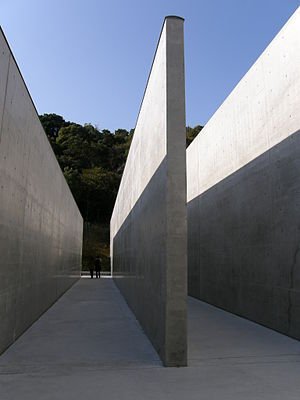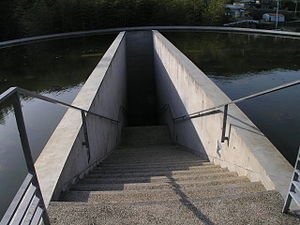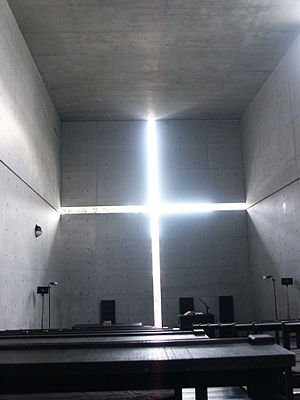Architecture 101: How Can Architecture be Good for the Soul?

I believe that the way people live can be directed a little by architecture. - Tadao Ando
Two weeks ago, we had this mini lecture about Architecture for the Soul. It was presented by a Filipino architect who was given an opportunity to partake in an exchange program to see and learn about Tadao Ando's projects and design principles. For those who aren't aware who he is, Tadao Ando is a self-taught Japanese architect and a winner of the Pritzker Prize (considered as the Nobel Prize for architects).*
The following statements shared will be based on my takeaways from that talk; hence, anything said from hereon will be based on my opinions and might be a little subjective.
What is Architecture for the Soul?
Usually, we see architecture just based on their aesthetics. The moment we see something visually pleasing, we'll immediately give the impression that it looks good, we might not even delve deeper into it. We'll only go so far as to look at it and admire it, but we won't bask in all its glory, we might not even stroll leisurely around it, we won't even get to feel it.
In a way, an architecture for the soul is meant to convey something different. It may not be the most ideal structure as it won't look like a typical building someone will be expecting, but what it gives off is what's vital in its being, in its identity.
How is Tadao Ando's Architecture good for the soul?
Typically, we see structures openly; from afar, we can immediately see how a building really looks like and presumably its effects, too. In his architecture though, there's some sort of mystery. Whereas others would openly show their buildings, he keeps it to a minimum and provides barriers.
 *
*
These barriers provided sort of serve as a filter from the outside world to the building it envelops. It is particularly useful for structures like museums and places of worship as before getting inside the building you'll slowly be shut off from the outside world; hence, feeling calm as you go through the interior.

Aside from that, natural elements are being integrated into the architecture (from the natural light, water flow, etc). And it's a given that almost anything that deals with nature can easily provide a sense of calm and inner peace.
Now that we've established how it's good for the soul...is it practical?
There are ways in which we can consider this as practical. In the financial aspect, maybe it isn't, because of those barriers which may need a bigger land area to be fully implemented. However, when it comes to emotional and mental well-being, it's one of the most practical solutions as we get to provide people an environment where they can truly be at peace. Although certainly, the financial practicality is what will outweigh all other advantages.

It is pictures of architecture like this that got me hooked!